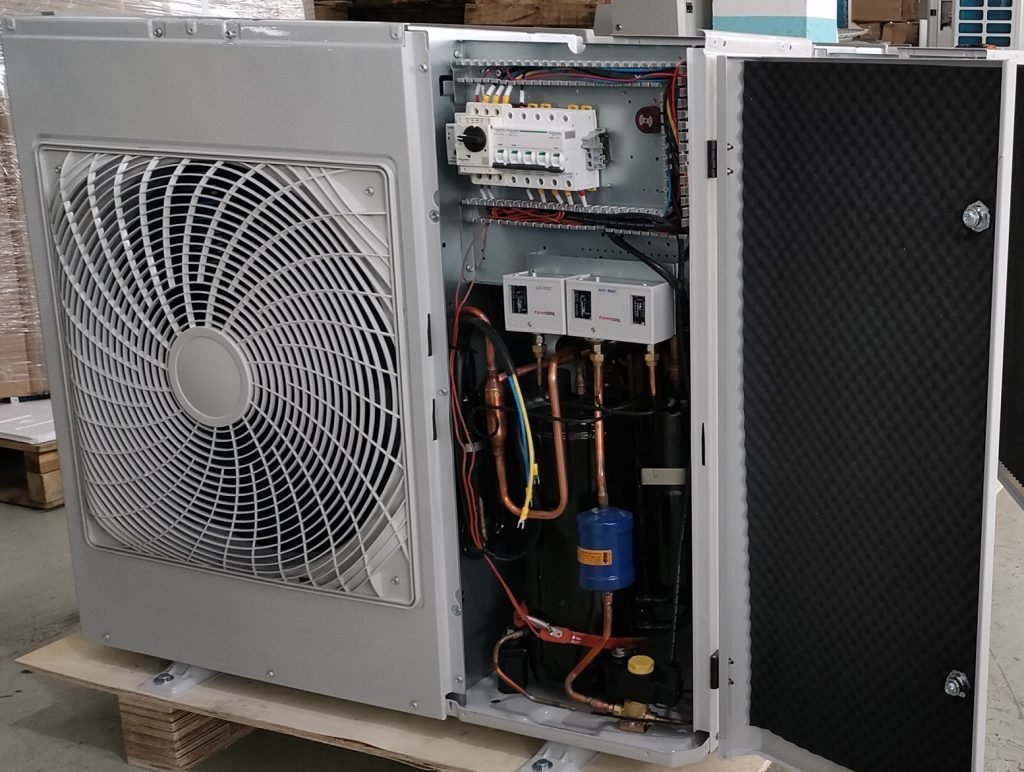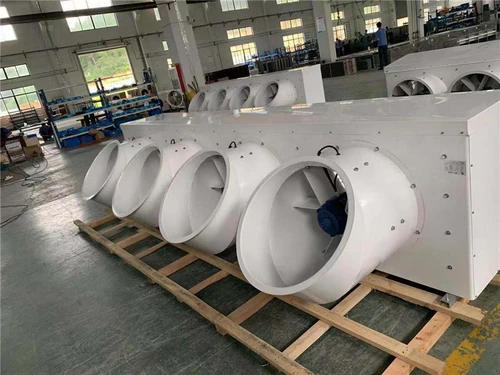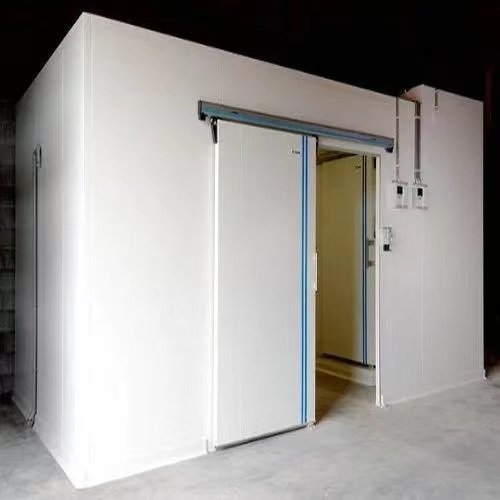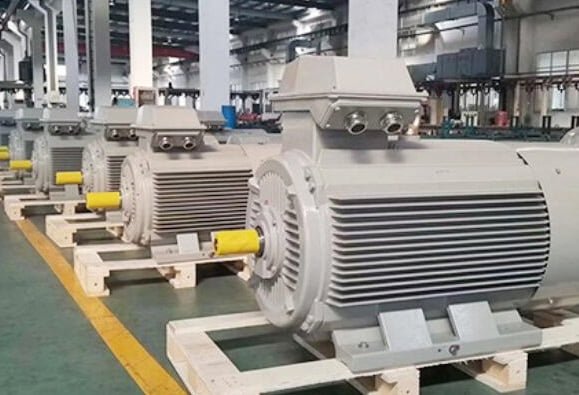Sometimes your cold room will have issues: not cooling or temperature downs very slow, why that happened? From our explanation you will understand.
Below are the reasons:
Lack of Refrigerant
There are 2 reasons for insufficient refrigerant:
1). the refrigerant charge is insufficient, so you should add enough refrigerant.
2). Large amount of refrigerant leakage in the system. You need first to find the leak and repair it, then add a sufficient amount of refrigerant.
Thermal Expansion Valve Improper Adjustment
Thermal expansion valve also called “TXV”.
Insufficient refrigerant in the system will directly affect the refrigerant flow into the evaporator. When the TXV opening is too large, the refrigerant flow rate is too large, evaporation pressure and evaporation temperature will increase, then the cold room temperature will decrease slowly.
When the TXV opening is too small or blocked, the refrigerant flow rate will decrease, then the whole refrigeration system cooling capacity will also decrease, resulting in the cold room temperature slowing down.
Generally, you can judge whether the TXV refrigerant flow rate is appropriate by observing the evaporation pressure, evaporation temperature, and suction pipe frosting condition.

TXV Structure
TXV blockage is an important factor affecting the refrigerant flow rate. The main reasons for the blockage:
1). Icy Blockage
Drying effect of the dryer is not good, resulting in the refrigeration system containing moisture. When it flows through the TXV, the temperature drops below 0°C, and the moisture in the refrigerant freezes and blocks the valve orifice.
2). Dirt blockage
TXV inlet filter accumulated lots of dirt, and the refrigerant flow is not smooth, finally blocked.
Mismatched Refrigeration Unit
Insufficient refrigeration capacity due to the mismatched refrigeration unit
There are 3 conditions:
1). Use refrigeration unit with a smaller cooling capacity.
For example, according to the calculation, the cold storage should use 10hp unit, but in fact only used 5hp, so the cooling effect is definitely not good.
Question: How to calculate the correct “Cooling Capacity” for a cold room? See our “Cold Room” page.
2). Use the wrong room temperature refrigeration unit.
For example, if a high-temperature refrigeration unit is used in the low-temperature cold room, the room temperature will definitely not drop, or the temperature will drop very slowly.
3). Service life of the refrigeration unit is too long, resulting in low refrigeration efficiency.
Due to the long-term operation of the compressor, parts such as cylinder liners and piston rings are severely worn, reducing the sealing performance a lot, and resulting in a reduction in the refrigeration efficiency of the compressor.
Special attention: some manufacturers use second-hand compressor in order to save costs. The refrigeration efficiency of these units is very poor, far from reaching the ideal cold room temperature. Please Contact Our Salesman to distinguish them.
Poor Thermal Insulation Effect
Poor thermal insulation effect can lead to a large loss of cooling capacity.
1). Insulation panel thickness or density is not enough
That will lead to a poor insulation effect and slow room temperature drop. Must thicken the insulation or replace the insulation material in time. Low-temperature cold rooms should use 150mm or more thickness panels, and medium and high-temperature cold rooms should use 100mm thickness panels.
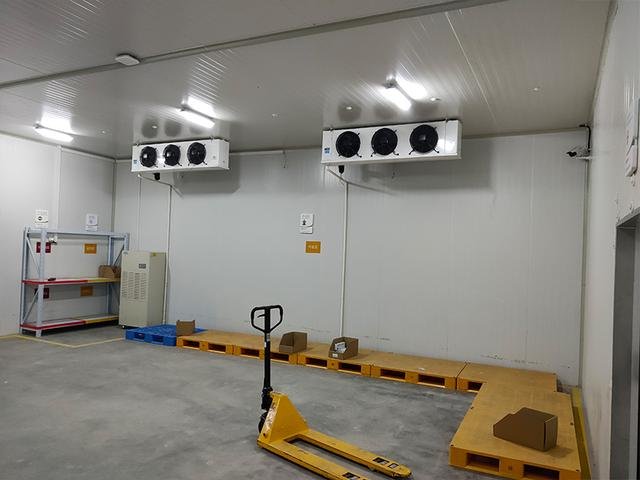
Wrong Panel Thickness
2).Cold room is poorly sealed
During the cold room construction, if the gaps between cold room panels are too large, and incorrect sealing treatment, will lead to a serious loss of cooling capacity and failure of the cold room temperature to drop.
We can judge by observing whether the outer surface of the room body is frosted or not.
3). Open the door frequently
If the door is opened too many times, a large amount of cooling capacity will also be lost. And please immediately close the Cold Room Door after use!
In addition, after a large number of goods are put into the warehouse, the cold room temperature will also drop slowly.
Low Evaporator Heat Exchange Efficiency
There are 2 reasons: evaporator surface frost is thicker (more than 3 mm), and too much dust.
Since the surface temperature of the Cold Room Evaporator (Also called unit cooler) is mostly lower than 0°C and the cold room humidity is high, the moisture in the air easily frosts or even freezes on the evaporator surface, which will greatly reduce the heat exchange efficiency (because the effective heat exchange area is reduced) ) thus affecting the cooling speed of the cold room.
The evaporator should be equipped with an electric heating function to quickly defrost and deice thus improving heat exchange efficiency.
In addition, you need to clear the dust regularly, and the accumulation of a large amount of dust in the refrigeration system will also reduce the cold room cooling effect.
More Air or Refrigeration Oil in the Heat Exchanger
The heat exchangers included evaporator and condenser. If there is a large amount of air in the heat exchanger, will cause the heat exchange area of the evaporator and condenser to decrease, which will cause the cold room temperature drops slowly.
If there is a large amount of refrigerated oil attached to the heat exchanger surface of the evaporator and condenser, the heat transfer coefficient will be reduced, thus the cold room temperature won’t drop.

Heat Exchanger
Therefore, in daily operation and maintenance, should remove oil stains on the surface of the heat exchanger in time and empty the air in the heat exchanger to improve the heat transfer efficiency of the entire refrigeration system.
Overload Goods in Cold Room
There is a limit request to loading of goods in the cold room. Once exceeds the limit, the room temperature will drop slowly, and the cooling effect of the cold room will be poor.
Question: How to calculate the approximate “Storage Capacity” of the cold room? See our “Cold Room” page.
Thermostat Malfunction
The thermostat controls the temperature of the cold room, and if it isn’t functioning properly, will cause the temperature to fluctuate, which can lead to a lack of cooling.
Faulty Compressor
The compressor is responsible for compressing the refrigerant and circulating it through the system. If it’s faulty, it may not be able to properly circulate refrigerant, which can result in the room not cooling.

Copeland Compressor
Electrical Issue
If there are electrical problems with the cold room, such as a blown fuse or tripped breaker, it can prevent the unit from cooling.
Damaged Door Seal
If the door seal is damaged or worn, warm air can seep into the cold room, making it difficult to maintain a consistent temperature.
Inadequate Ventilation
If the cold room doesn’t have proper ventilation, it can lead to a buildup of heat and humidity, meanwhile prevent cool air from reaching all parts of the room, which can lead to uneven cooling or insufficient cooling.
Power Supply Issue
If the power supply to the cold room is unstable or inadequate, it can cause the refrigeration system to malfunction and prevent the cold room from cooling properly.
Conclusion
We thought they are the main reasons for a cold room not cooling, but sometimes also have other reasons, such as parts broken, pipe connecting gap leakage, cable wrong connection, etc. You are welcome to contact us and our staff will give you skilled support.
Any Comments?
Welcome leave a message or repost.




